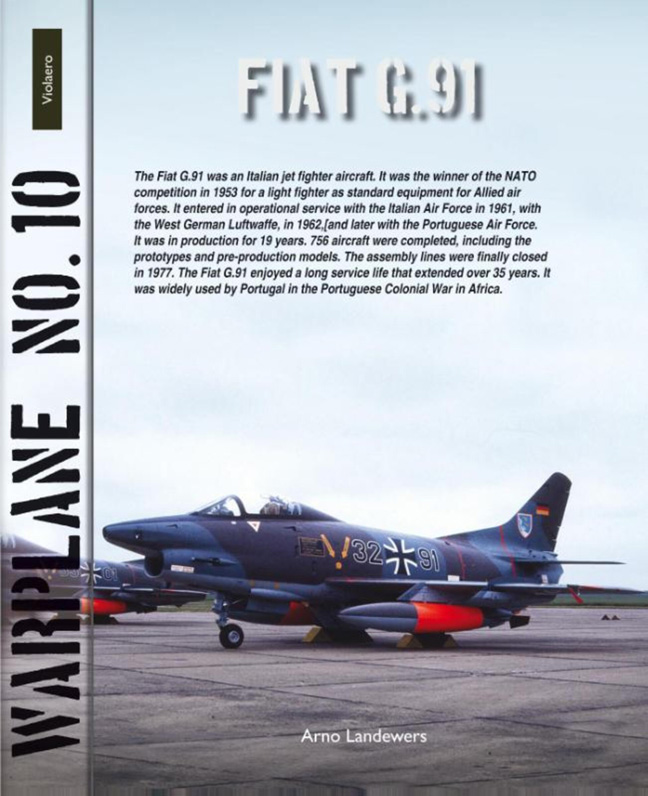Book contents
Fiat – a short history:
Published online by Cambridge University Press: 02 April 2024
Summary
The involvement of Fiat with the aviation industry started in the years before the First World War. In these days, one of the main issues for airplane designers was the development of reliable lightweight engines.
Fiat was established in 1899 as Fabbrica Italiana Automobili Torino (the acronym FIAT was changed to Fiat in 1906). The next ten years Fiat built out its market position quickly by design and production of cars and vans. In 1908 it was decided to expand to aviation with the SA 8/75 engine, which was developed from a race car and had a high power to weight ratio. The introduction of Fiat as aircraft engine designer was not an immediate success; the European market was dominated by French Gnome, Antoinette and Renault, and German Mercedes, showing that there were more automobile manufacturers active in aviation. Only during the First World War the Fiat aircraft engines saw a wider use, especially the A10 and A12 were used in Italian aircraft designs as the SAML S.1 and S2 (total production about 660) and the Pomilio PE (over 1600 produced).
In 1916 Fiat started aircraft manufacturing with the establishing of the Società Italiana Aviazione (SIA), first concentrating on license production of the Farman MF and Pomilio types. With the SIA 5 a first own design was made, and the improved SIA 7, a light twin-seat bomber introduced in 1917 was produced in some numbers. With aircraft designer Celestino Rosatelli entering the company, and the purchase of Ansaldo after the war, Fiat started aircraft design and production under its own name. The R.2 was the first aircraft branded under the name Fiat, and in the 1920s and 1930s a range of aircraft appeared. Landmarks were the Fiat BR, and the CR.20, CR.30 and CR.42 fighters.
In 1931 the young aircraft designer Giuseppe Gabrielli entered Fiat. Gabrielli was educated by the eminent Theodore von Kárman in Aachen, Germany and worked some time at Piaggio. His vision and knowledge ensured that Fiat could follow the technological developments in the 1930s, and later in the 1950s. With the Fiat G.18 commercial transport monoplane the age of metal production was entered, and the 1938 G.50 could compete with any contemporary fighter. During 1943 the G.55 fighter appeared, an aircraft considered the top of the cream. Due to the collapse of the Fascist Mussolini regime production was limited to about 200 examples.
- Type
- Chapter
- Information
- Fiat G.91 , pp. 2 - 3Publisher: Amsterdam University PressPrint publication year: 2014



